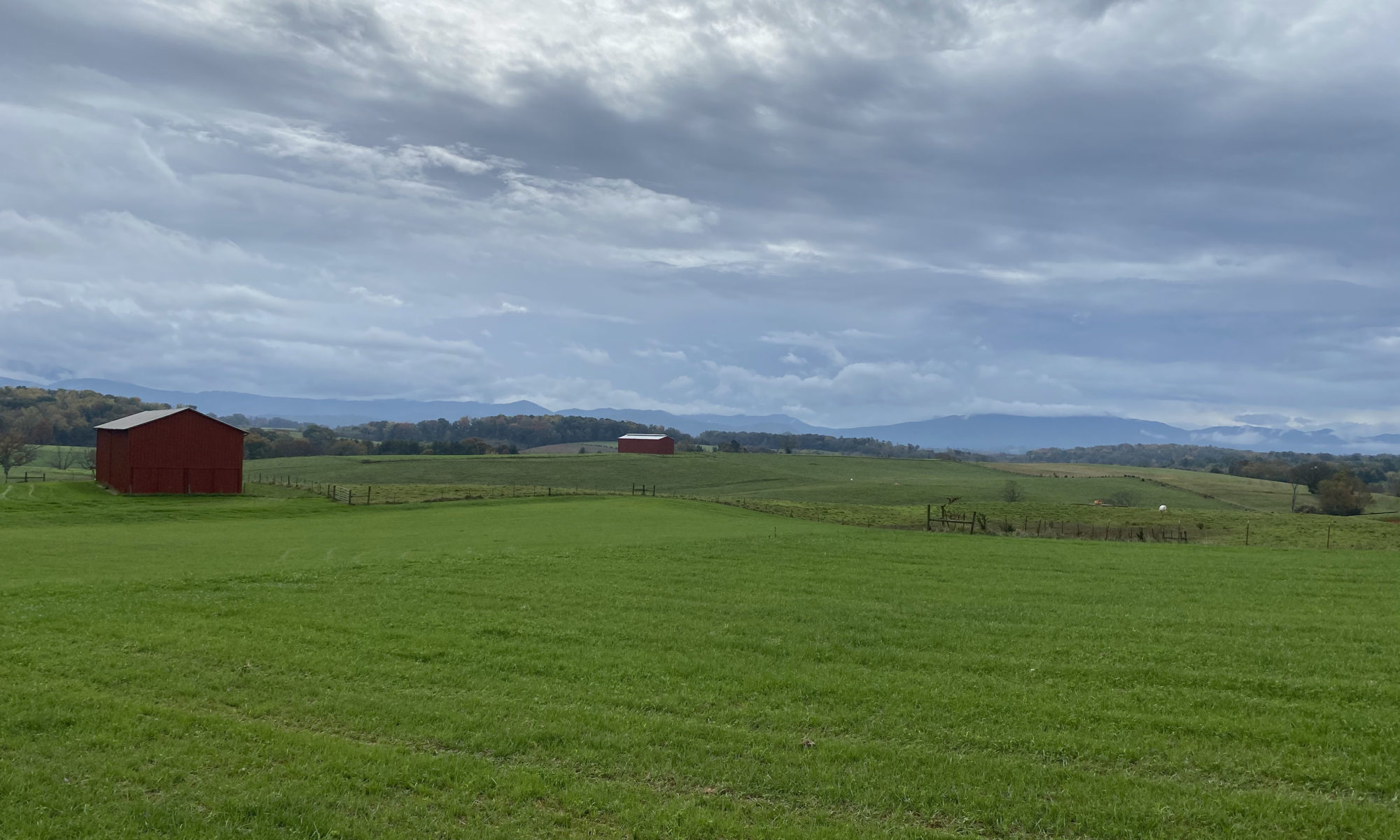

Dr. Katie Mason
Assistant Professor and Extension Beef Cattle Nutrition Specialist
Department of Animal Science
P: 865-974-8941
Originally published in Progressive Cattle magazine:
https://www.agproud.com/articles/59959-southeast-time-to-consider-stockpiling
Though many are wrapping up the summer hay cutting season, it doesn’t hurt to think ahead about how to use forage resources through the winter. It is well known that the single greatest expense in a cattle enterprise is feed and forage production. Given the fuel and fertilizer costs associated with making hay, and then the labor and feed costs associated with delivering feed to cattle, winter feeding costs can be quite significant. One way to reduce cost is to decrease hay feeding days. A method that can be used to accomplish this is stockpiling. Stockpiling is essentially creating a standing hay crop to offset the number of days that hay must be fed during the winter. Tall fescue is especially suited for stockpiling, because you can capitalize on its fall growth and carry that forage into the winter. It also maintains forage quality well throughout the winter.
To stockpile tall fescue, identify a hayfield or pasture that can be closed off from cattle access during late August to early October. Graze or clip the area to “reset” its growth and then restrict access for the designated months. Although it is not necessary, you may consider applying up to 60 lbs of nitrogen per acre. This decision should be dependent upon the price of fertilizer and the forcasted rainfall. After the stockpiling period is over, begin to use the stockpiled forage to feed the herd. It is beneficial to employ a strip grazing technique when utilizing stockpiled tall fescue. The simple addition of temporary electric fence in this system can greatly improve utilization if the forage, reducing waste over the grazing period.
Forage yield and quality will vary based on soil fertility and other factors. However, a recent study in Tennessee and Alabama evaluated yield and quality of stockpiled tall fescue across various farms in the region. Average stockpiled fescue yield was about 3,300 lb dry matter per acre. Forage quality results indicated that stockpiled tall fescue quality ranged from 15 to 17% crude protein and 68 to 70% total digestible nutrients when sampled from October through February. For dry, pregnant cows being carried through the winter, no energy or protein supplementation would be required under these circumstances. Even for lactating cows in good condition, forage quality would be adequate. An economic evaluation of the data illustrated that reducing hay feeding days by providing stockpiled fescue to cattle reduced total winter feed cost per cow.
Overall, stockpiling fescue is a reliable way to provide high-quality forage to cattle throughout the winter and offset winter feed costs. It is a great time to start planning whether you want to try stockpiling this fall.